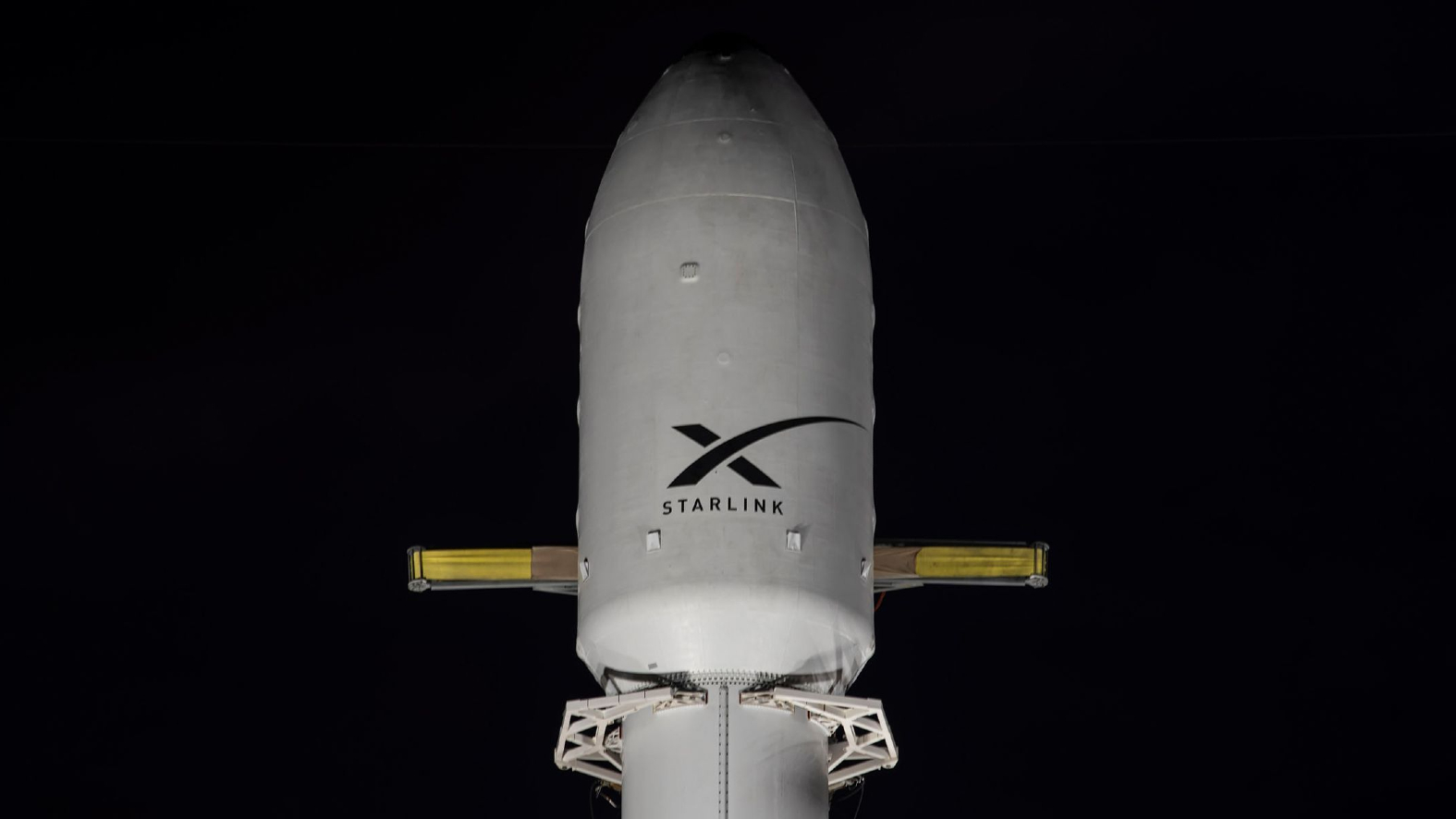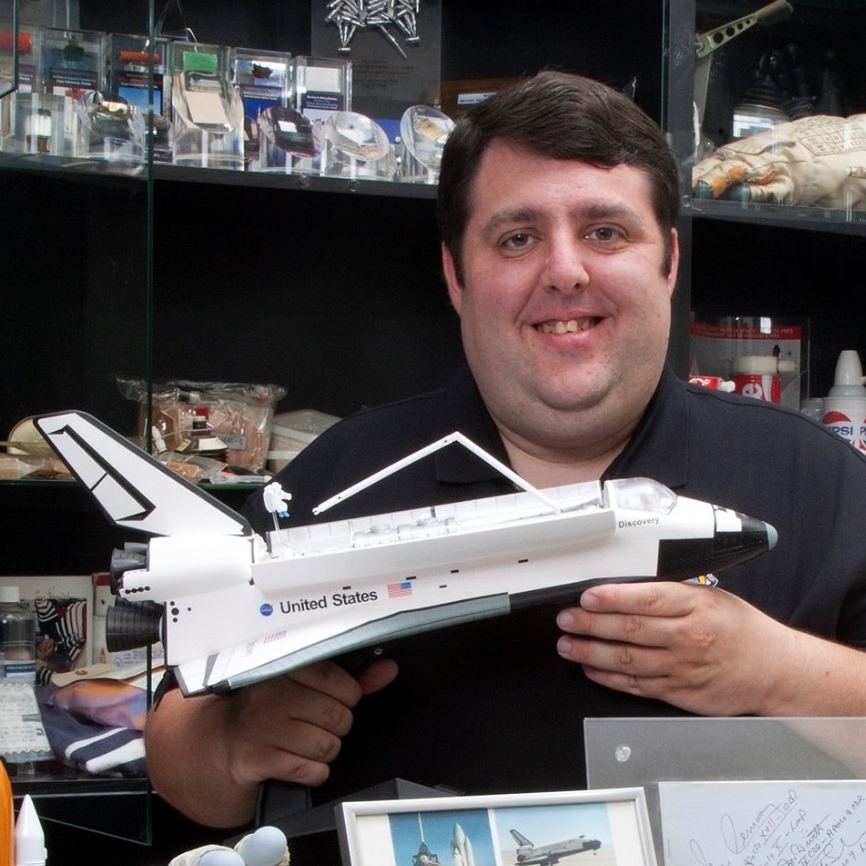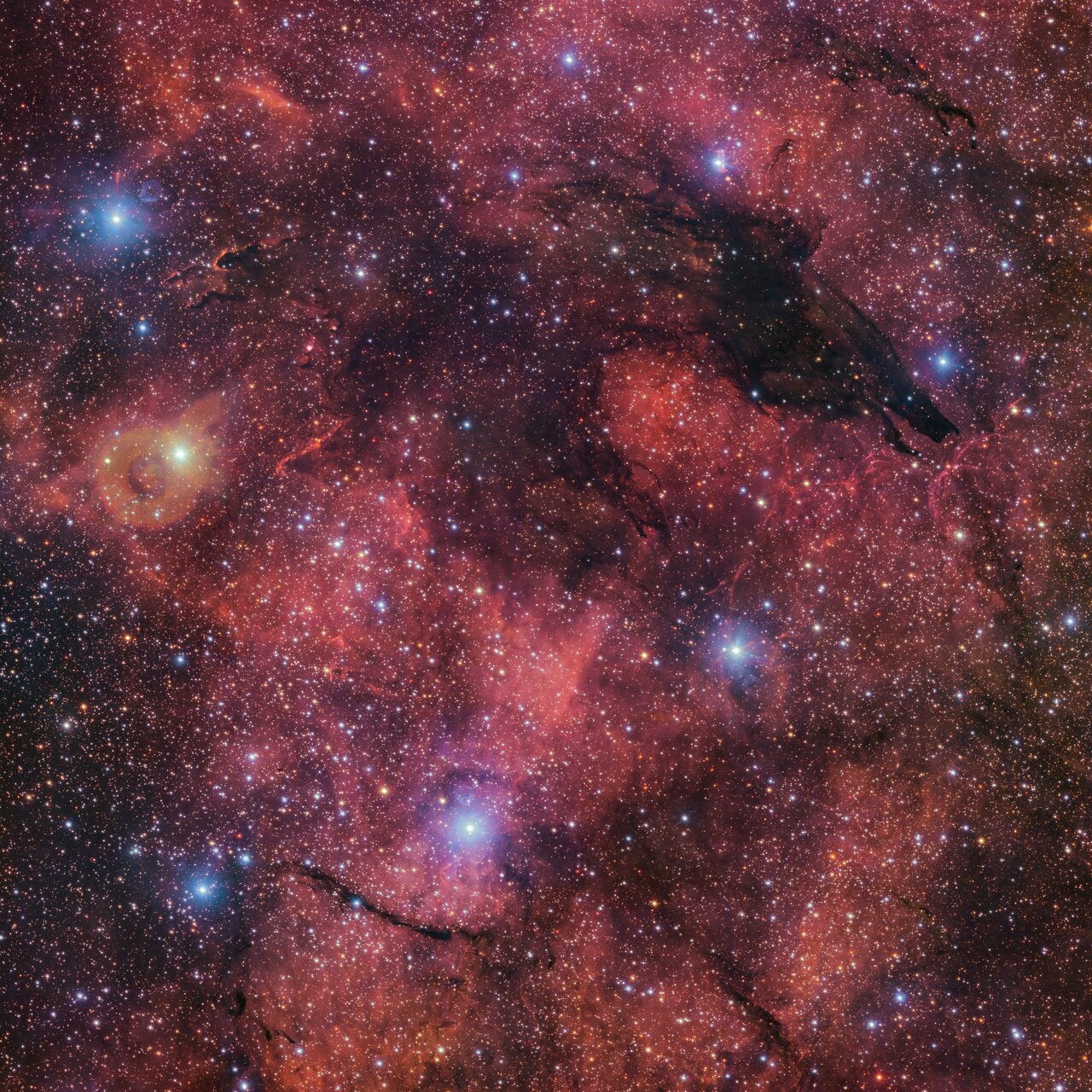
(Image credit: SpaceX)
SpaceX is preparing to launch its last mission of the year.
A Falcon 9 rocket topped with 21 Starlink broadband internet satellites, including 13 with direct-to-cell capability, is poised to lift off from Launch Complex 39A (LC-39A) at NASA’s Kennedy Space Center in Florida on Tuesday (Dec. 31). The one-hour launch window opens at 12:34 a.m. EST (0534 GMT).
A live webcast of Tuesday’s mission will begin about five minutes prior to liftoff, which you can watch on SpaceX’s website and on the social media network X.
The launch will be SpaceX’s 134th Falcon flight in 2024, surpassing the company’s prior year total by 38 missions. Of this year’s 134 launches, 89 were devoted to expanding the Starlink global network (including this upcoming flight).
Tuesday’s launch is also SpaceX’s third Falcon 9 launch in three days, following a Starlink mission launched from California and a four-satellite launch for Astranis from the company’s other Florida launch pad at the Cape Canaveral Space Force Station.
Should all go to plan, the Falcon 9 first stage that launches this mission will return to Earth about 8 minutes after lifting off and land on board the droneship “Just Read the Instructions” stationed in the Atlantic Ocean. The Falcon 9’s upper stage will continue hauling the 21 Starlink satellites to low Earth orbit for their deployment.
This will be the 16th flight for this particular first stage booster, according to a mission description posted to SpaceX’s website. It previously was used in the launch of Crew-6, BlueBird-1, USSF-124, mPOWER-B and 11 other Starlink missions.
Starlink is the largest satellite constellation ever deployed — and it’s continuously growing, as Tuesday’s launch demonstrates. There are currently more than 6,850 active Starlink spacecraft, according to satellite tracker and astrophysicist Jonathan McDowell.
This article was updated on Dec. 29 to reflect the change in launch dates from Dec. 30 to Dec 31.
Join our Space Forums to keep talking space on the latest missions, night sky and more! And if you have a news tip, correction or comment, let us know at: community@space.com.


